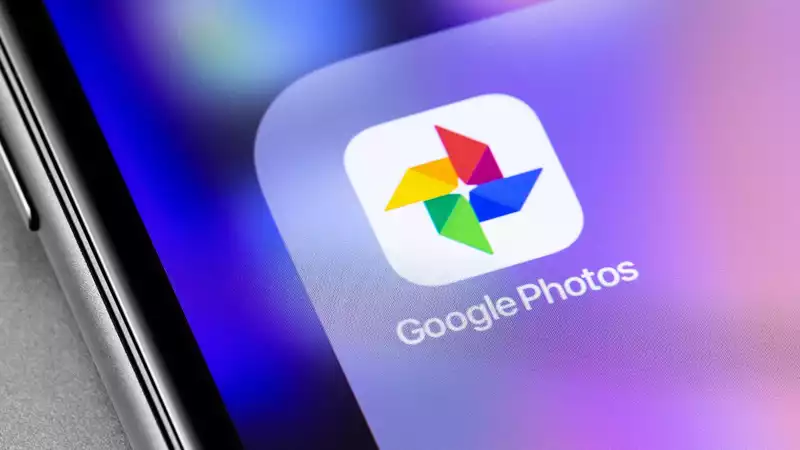Google Photos' free storage service will end as Google makes major changes to its cloud storage policies and implements a phased system similar to Apple's iCloud. Users will still be able to use up to 15GB for free, shared across their entire Google account. After June 1, however, users will no longer have access to the unlimited storage option without paying a premium fee.
Originally, Google offered 15GB of free storage for Gmail, Google Drive, and photos; unlimited space was offered for free for photos and videos stored at a lower quality, High or Express. This setup quickly became popular thanks to its easy-to-use UI and a series of family sharing and smart display features. But now that users have become enamored with the Google Photos interface, the search company is telling users to either pay up or move their photos elsewhere.
Back when Google Photos storage was unlimited, users had the option to back up all their photos without having to worry about whether they were really worth saving. But starting June 1, that will no longer be the case. So there's a brand new Google Photos storage management tool to help you locate and delete particularly troublesome snapshots.
Specifically, Google Photos will round up all the screenshots, large files, and blurry shots you've backed up, as well as images coming from other apps. That way, you can see exactly how much space they take up and scroll through a dedicated feed to choose which ones to delete.
The tool is already rolling out and should be available in the next few days; Google Photos will also give you a personalized estimate of how long it will take to fill up your 15GB free storage allocation.
If you are concerned about what to do with your pre-Covid vacation photos, you have several options: one is to back up all of your current photos and videos in your Photos account prior to June 1 in high or express quality; another is to back up all of your current photos and videos in your Photos account before June 1 in high or express quality.
Currently, these photos do not count toward your total storage space, so changing the quality of your photos will not eat up storage space after the change. This can be done by selecting Google Photos Settings - not to be confused with the Android device's Gallery Settings - Backup and Sync and then selecting Upload Size. From here, change the setting to High Quality or Express Quality.
Note: Express has a lower resolution than High Quality.
Now all photos and videos stored in the cloud will no longer take up extra space; those stored after June 1 will count toward the 15 GB limit, regardless of quality. Except when uploading from a Pixel device, however, since Pixel devices will continue to have unlimited High and Express high quality storage.
Another option is to pay for more storage space through Google One. Similar to Apple's iCloud storage plans, there are a variety of sizes to choose from depending on your needs; Google One membership plans are 100GB, 200GB, and 2TB for $1.99, $2.99, and $9.99 per month, respectively. There is also an annual option with a slight discount on the same storage plan, ranging from $19.99 to $99.99 per year. For most customers, the higher-level options will suffice. Nevertheless, these also come with additional benefits (such as 3% back at the Google Store and VPN for Android phones).
The change in Google's cloud policy was expected. Nevertheless, Google offers more cloud space than Apple. Apple only offers 5 GB of free space before an upgrade is required, whereas Google offers 15 GB. The same goes for premium options, with Apple offering 50GB for $0.99/month. Sure, it's cheaper than $1.99. But if you can get this much capacity for 99 cents, why not 100 GB for $1 more?
To be fair, Apple's other premium options are nearly identical to what Google offers. And given Microsoft's largest storage option ($9), neither is comparable. For $99/month, you get 6TB of capacity (split among 6 people) with a Microsoft 365 family plan.
.









Comments